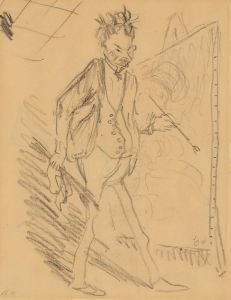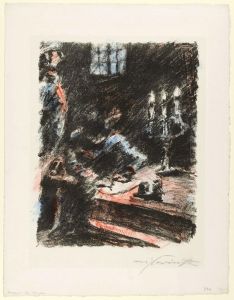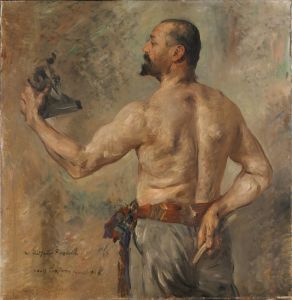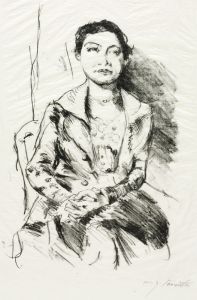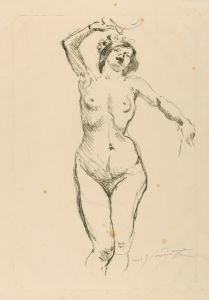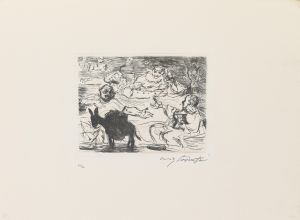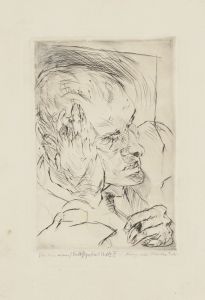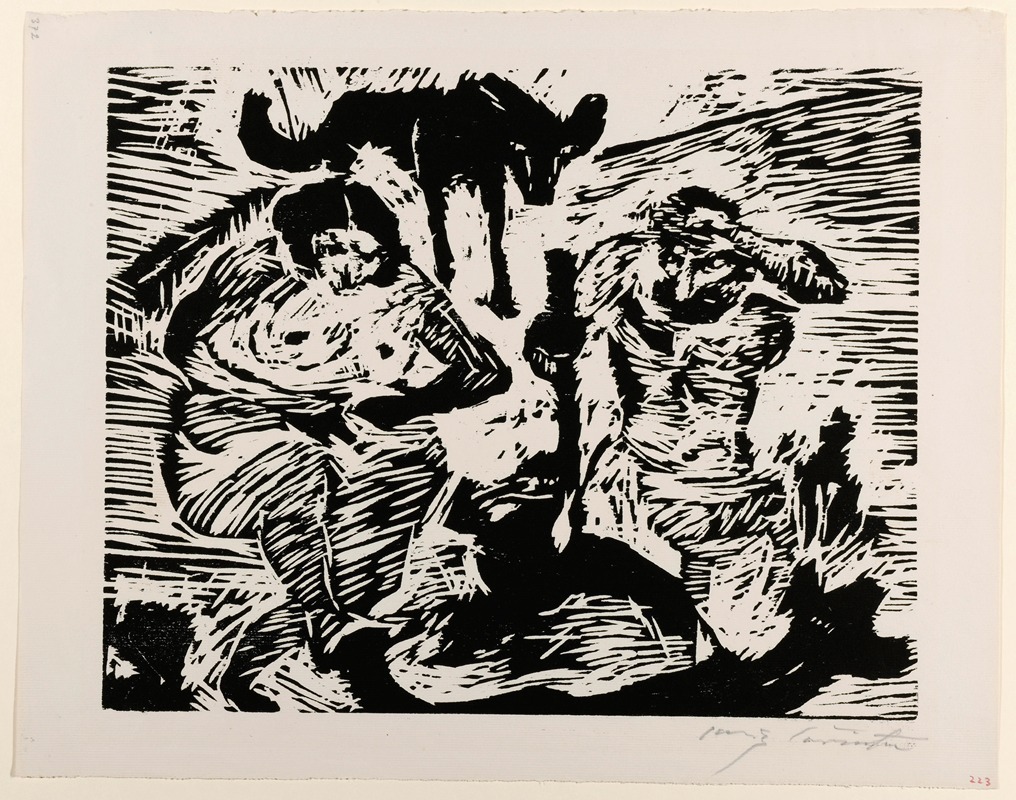
Im Schweisse Deines Angesichts
A hand-painted replica of Lovis Corinth’s masterpiece Im Schweisse Deines Angesichts, meticulously crafted by professional artists to capture the true essence of the original. Each piece is created with museum-quality canvas and rare mineral pigments, carefully painted by experienced artists with delicate brushstrokes and rich, layered colors to perfectly recreate the texture of the original artwork. Unlike machine-printed reproductions, this hand-painted version brings the painting to life, infused with the artist’s emotions and skill in every stroke. Whether for personal collection or home decoration, it instantly elevates the artistic atmosphere of any space.
Lovis Corinth was a German painter and printmaker whose work is associated with the transition from Impressionism to Expressionism in German art. One of his notable works is "Im Schweisse Deines Angesichts," which translates to "In the Sweat of Thy Face." This painting, created in 1898, is an important piece in Corinth's oeuvre, reflecting his interest in biblical themes and his evolving style during this period.
The title of the painting is derived from a passage in the Bible, specifically Genesis 3:19, which speaks to the toil and labor of humanity. This biblical reference is indicative of Corinth's engagement with religious and existential themes, a common thread in his work. The painting depicts a scene of intense labor, capturing the physical and emotional strain of the figures involved. Corinth's use of color and brushwork in this piece exemplifies his transition from the more restrained palette of Impressionism to the bold, expressive techniques that would characterize his later work.
Corinth was known for his dynamic compositions and his ability to convey emotion through his art. In "Im Schweisse Deines Angesichts," he employs a vigorous brushstroke and a rich color palette to bring the scene to life. The figures in the painting are rendered with a sense of movement and vitality, emphasizing the physicality of their labor. This approach reflects Corinth's interest in the human condition and his ability to capture the essence of his subjects.
During the time Corinth painted "Im Schweisse Deines Angesichts," he was deeply influenced by the artistic movements of his time, as well as by his personal experiences. Born in 1858 in Tapiau, East Prussia, Corinth studied art in Königsberg, Munich, and Paris. His exposure to different artistic styles and techniques during his studies contributed to his unique approach to painting. By the late 1890s, Corinth had established himself as a prominent figure in the German art scene, known for his ability to blend traditional and modern elements in his work.
"Im Schweisse Deines Angesichts" is a testament to Corinth's skill as a painter and his ability to convey complex themes through his art. The painting is notable for its composition, which draws the viewer into the scene and invites contemplation of the themes of labor, struggle, and the human experience. Corinth's use of light and shadow adds depth to the painting, enhancing the emotional impact of the scene.
Throughout his career, Corinth continued to explore a variety of subjects, including portraits, landscapes, and still lifes. However, his interest in biblical and mythological themes remained a constant, providing a rich source of inspiration for his work. "Im Schweisse Deines Angesichts" is a prime example of how Corinth was able to infuse traditional themes with a modern sensibility, creating works that resonate with audiences both in his time and today.
In summary, "Im Schweisse Deines Angesichts" by Lovis Corinth is a significant work that captures the artist's transition from Impressionism to Expressionism. Through its dynamic composition and expressive brushwork, the painting reflects Corinth's engagement with biblical themes and his exploration of the human condition. As a key figure in the development of modern German art, Corinth's work continues to be celebrated for its emotional depth and technical mastery.





